Capturing Life Unposed: The Magic of Candid Photography
Candid Photography –
With its ability to capture genuine moments in their purest form, candid photography has gained popularity among both amateur and professional photographers.
I am a participant in the Amazon Services LLC Associates Program, an affiliate advertising program designed to provide a means for me to earn fees by linking to Amazon.com and related sites. This post may contain affiliate links, which means I may receive a commission, at no cost to you, for purchases made using my links. Please see my disclosure to learn more.

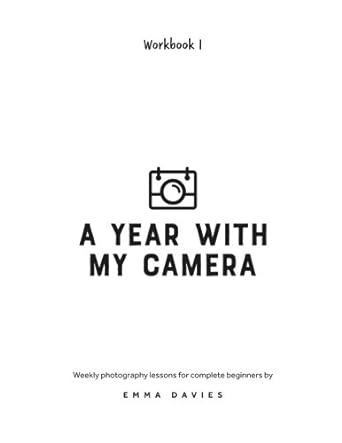
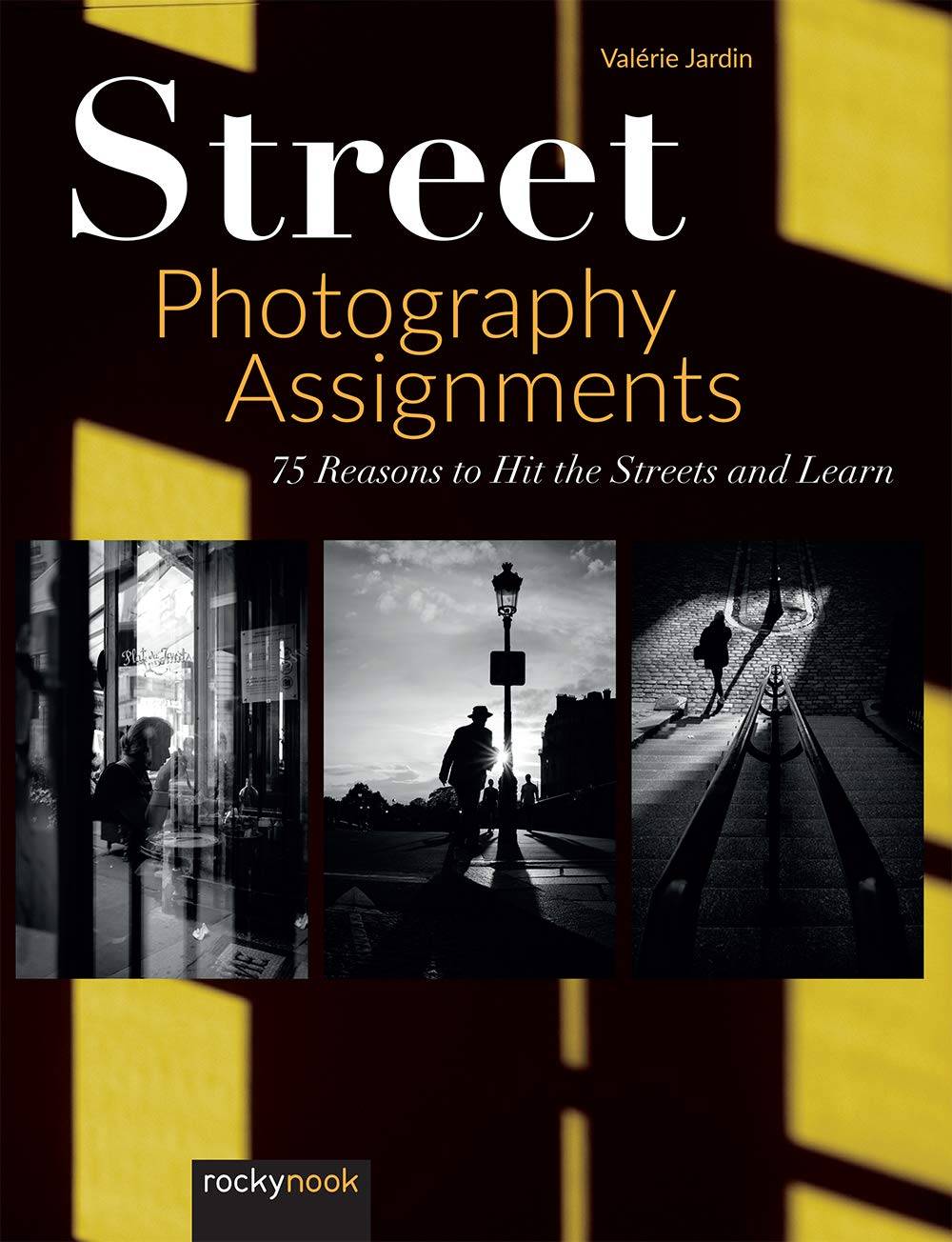
What is candid photography?
Candid photography is the art of capturing spontaneous and unposed moments. It aims to portray subjects in their natural state, without forced poses or artificial expressions. The essence of candid photography lies in authenticity and the ability to freeze fleeting moments that tell unique stories.

Benefits of Candid Photography
Candid photography offers numerous advantages over traditional posed photography. By embracing candid shots, photographers can:
- Capture Natural and Authentic Moments: Candid photos reflect genuine emotions, expressions, and interactions, providing a realistic portrayal of the subject and the moment itself.
- Convey Stories and Emotions: The unscripted nature of candid photography allows for the preservation of emotions, enabling viewers to connect with the captured scene on a deeper level.
- Create Lasting Memories: Candid photos have the power to evoke nostalgia, allowing individuals to relive cherished moments and experiences.
- Reflect Diversity and Cultural Significance: Candid photography celebrates the diversity of human experiences, showcasing various cultures, traditions, and ways of life.
- Surprise and Delight: Candid images often capture unexpected and delightful moments, resulting in visually striking photographs that captivate the viewer.
Equipment and Settings
To excel in candid photography, selecting the right equipment and settings is crucial. Here are some recommendations:
Gear Selection
When it comes to candid photography, versatility and portability are key. Consider the following equipment:
- Camera: Opt for a lightweight camera with fast autofocus capabilities and a silent shooting mode to avoid drawing unnecessary attention.
- Lenses: Use prime lenses with wide apertures (e.g., 35mm, 50mm, or 85mm) for excellent low-light performance and the ability to create a shallow depth of field.
- Accessories: Carry extra batteries, memory cards, and a comfortable camera strap to ensure you’re always ready to capture spontaneous moments.
Camera Settings
To enhance your candid shots, adjust your camera settings accordingly:
- Shutter Speed: Use a faster shutter speed to freeze motion and capture sharp images, especially in dynamic candid situations.
- Aperture: Opt for wider apertures (small f-numbers) to achieve a shallow depth of field, separating your subject from the background and creating a pleasing bokeh effect.
- ISO: Increase the ISO setting when shooting in low-light conditions to maintain a proper exposure without introducing excessive noise.
- Autofocus Modes: Utilize continuous autofocus (AF-C) to track moving subjects accurately.
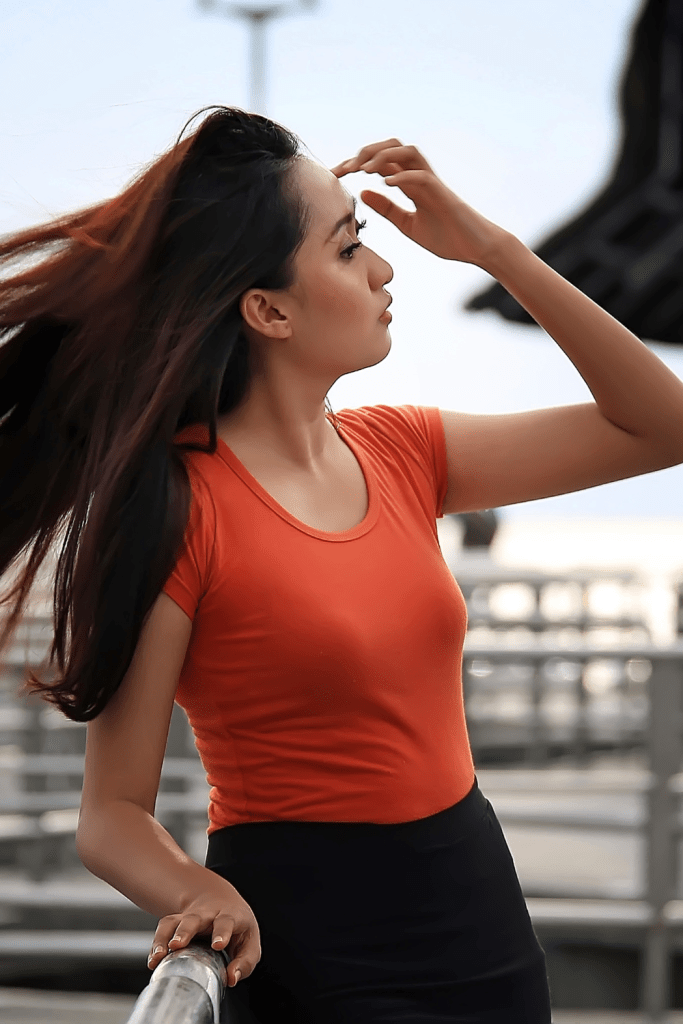
Composition and Framing
Great composition is essential to create visually compelling candid photographs. Consider the following tips:
Rule of Thirds
- The rule of thirds is a classic compositional technique that adds balance and interest to your shots. Divide your frame into thirds vertically and horizontally, and position your subject along these lines or at their intersections to create a harmonious composition.
Leading Lines
- Incorporate leading lines within your frame to guide the viewer’s eye towards the subject. Utilize elements such as roads, paths, or architectural lines to create a sense of depth and visual flow.
Framing
- Use elements within the environment to frame your subject naturally. This technique adds depth, context, and visual interest to your candid photographs. Consider using doorways, windows, foliage, or other objects that create a natural frame.
Background Considerations
- Pay attention to the background when composing your shot. Look for clean and uncluttered backgrounds that do not distract from the main subject. By keeping the background simple, you allow the subject to shine.
Lighting and Exposure
- Lighting plays a crucial role in candid photography, contributing to the mood and overall impact of the image. Consider the following tips:
Natural Light
- Make the most of natural light sources whenever possible. Early morning and late afternoon provide beautiful soft light, casting warm tones and long shadows, which can add depth and drama to your candid shots.
Golden Hour
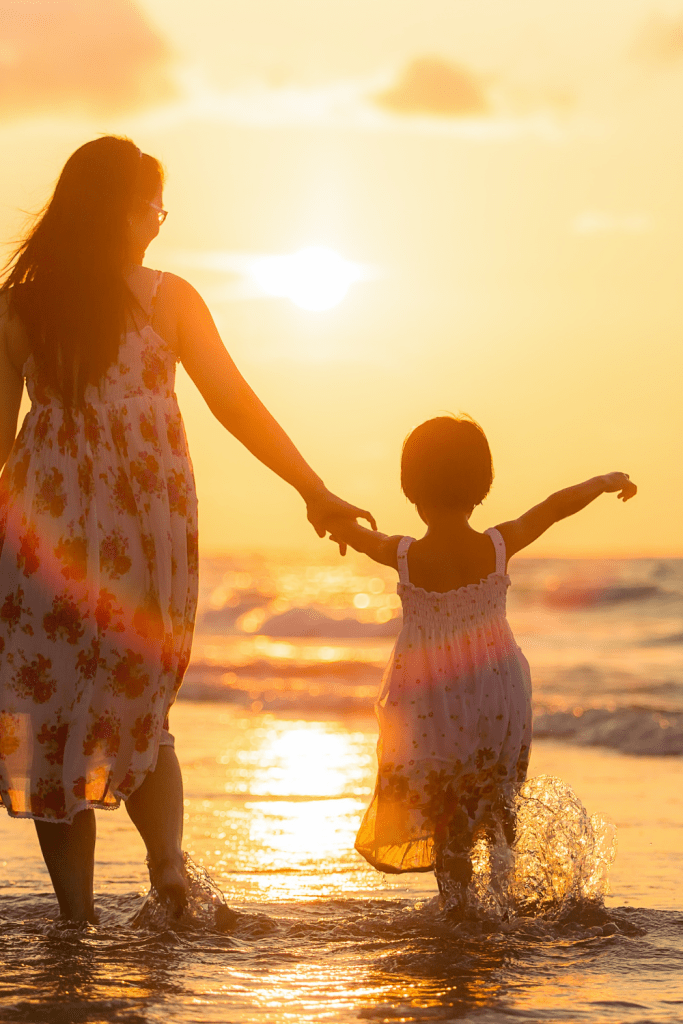
- The golden hour, shortly after sunrise or before sunset, offers a magical light that enhances the ambiance of your candid photographs. During this time, the low-angle sunlight creates a soft, warm glow that can transform ordinary scenes into extraordinary ones.

FREE Golden Hour Lightroom Preset and Photoshop Action
With this free preset/action you can give your photos a golden hour like appearance with warm tones. Like all of our presets and actions it works with Lightroom 4, 5, 6, and CC as well as with Photoshop CC, CC 2014, and CC 2015.
Fill Flash
- In situations with harsh lighting or strong shadows, consider using fill flash to balance the exposure and eliminate unflattering shadows on your subject’s face. This technique ensures a well-exposed and evenly lit candid photograph.
Silhouettes
- Experiment with silhouettes during backlit situations. Position your subject against a bright background and expose for the background, resulting in a striking silhouette that highlights the subject’s shape and form.
Timing and Anticipation
- Capturing the decisive moment is key to successful candid photography. Here are some suggestions to enhance your timing and anticipation skills:
Observe and Anticipate
- Carefully observe your surroundings, anticipating moments that may unfold. By being attentive and ready, you increase your chances of capturing spontaneous and significant moments.

Patience is Key
- Candid photography requires patience. Sometimes, you may need to wait for the perfect moment to unfold. Embrace the art of patience, as it often leads to the most impactful photographs.
Burst Mode
- Utilize the burst mode feature on your camera to capture a series of rapid-fire shots. This technique helps you capture fleeting expressions or movements, ensuring you don’t miss the decisive moment.
Blending In and Building Trust
- To capture authentic candid moments, it’s crucial to create a comfortable environment for your subjects. Here’s how:
Be Unobtrusive
- Blend into the surroundings and avoid drawing attention to yourself. This allows your subjects to act naturally without feeling self-conscious.
Engage with the Subject
- Interact with your subject before taking candid shots. Building a rapport and gaining their trust will make them more comfortable, resulting in more authentic and relaxed expressions.

Candid Photography vs. Street Photography
Candid photography and street photography share similarities, but also have distinct differences. Here are the key contrasts between the two:
- Subject Focus: Street photography focuses on capturing the essence of a city or urban environment, often showcasing architecture, street scenes, and the overall atmosphere. Candid photography, on the other hand, aims to capture unposed and spontaneous moments, often involving people and their interactions.
- Intent: Street photography typically aims to document the unique characteristics of a place, telling a broader story about a city or community. Candid photography, while it can also encompass street scenes, has a narrower focus on capturing genuine and authentic moments, emphasizing emotions, expressions, and individual stories.
- Permission: In street photography, photographers generally do not seek explicit permission from their subjects. They capture candid shots of people in public spaces without interfering or altering the scene. In contrast, candid photography can involve subjects who are aware they are being photographed, but the emphasis is still on capturing unposed and natural moments.
- Composition: Street photography often employs compositional techniques to capture the spirit of a place, utilizing elements like leading lines, framing, and juxtaposition. Candid photography focuses more on capturing the rawness of a moment and may have less emphasis on deliberate composition techniques, although composition is still important.
- Genre Scope: Street photography encompasses a broad range of urban scenes, not limited to people. It can include architecture, landscapes, and details that reflect the character of a city. Candid photography, while it can extend beyond people, primarily focuses on capturing unposed moments of human emotion and interaction.
- Ethics and Consent: Both genres require ethical considerations. Street photographers need to respect people’s privacy and be mindful of boundaries when capturing candid shots. Candid photographers must also consider the consent and comfort of their subjects, especially when photographing individuals in private or intimate settings.
Street photography often encompasses a wider range of urban scenes and aims to document the spirit of a place, while candid photography primarily focuses on capturing genuine and unposed moments, with an emphasis on human emotions and interactions.
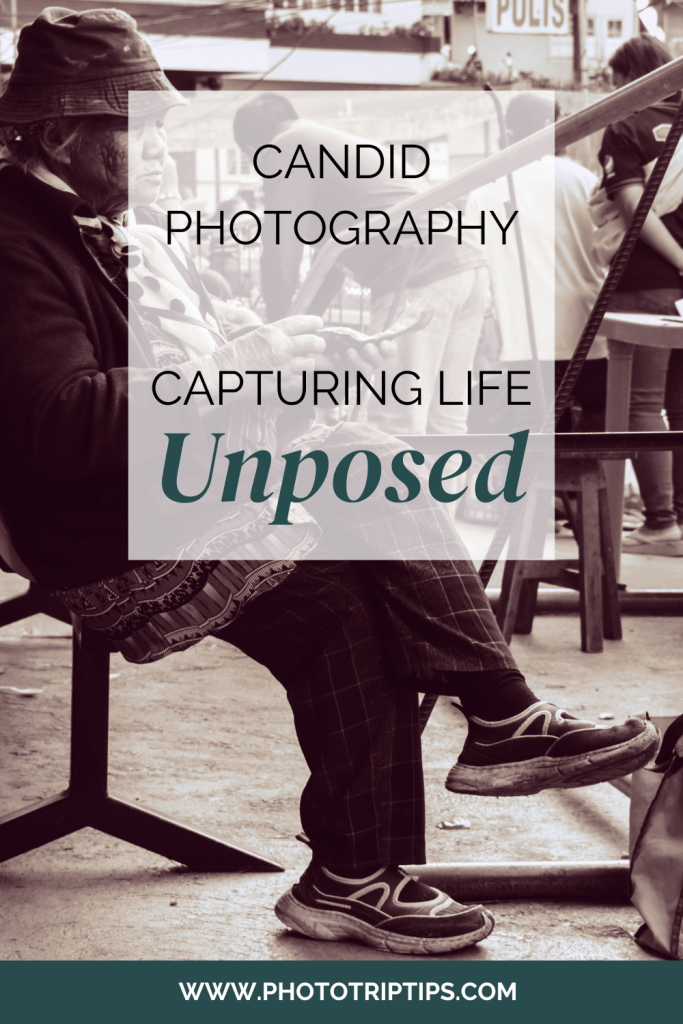
FAQs (Frequently Asked Questions)
- Can I take candid photos without people’s permission?
It’s important to respect people’s privacy and consent. While candid photography often involves capturing people without their explicit permission, use your judgment and seek consent when appropriate.
- What if my subjects become aware that I’m taking their picture?
If your subjects become aware of your presence, remain respectful and considerate. Communicate with them honestly, explain your intentions, and respect their wishes if they prefer not to be photographed.
- Is candid photography only limited to people?
Candid photography can extend beyond capturing people. It can include candid shots of animals, nature, and even inanimate objects. The key is to capture moments that feel authentic and unposed.
- How can I improve my timing in candid photography?
Improving your timing requires practice and observation. Spend time studying the behavior of your subjects and anticipate moments before they happen. Be patient and ready to capture the perfect shot.
- Should I post-process my candid photos?
Post-processing can enhance the visual impact of your candid photos. However, remember to maintain the authenticity and integrity of the captured moment. Use editing techniques to enhance, not manipulate, the photograph.

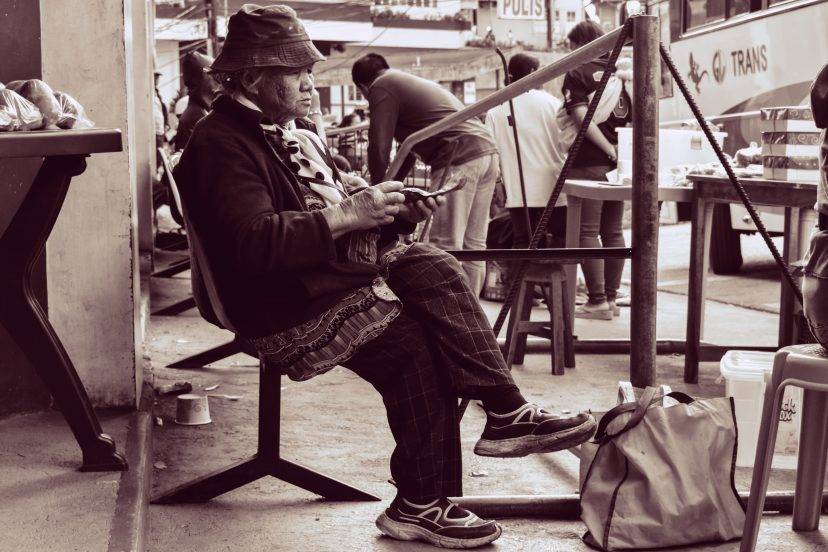

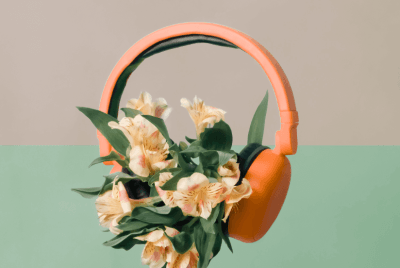
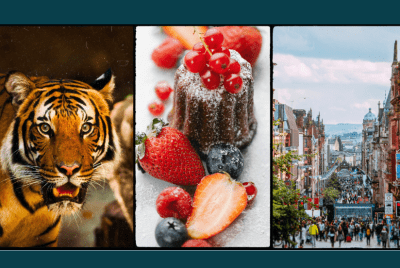
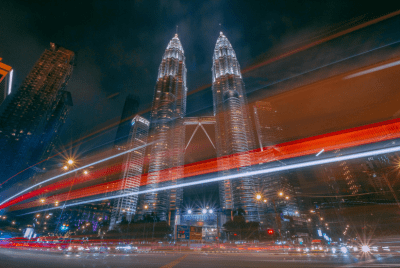

Comments are closed.